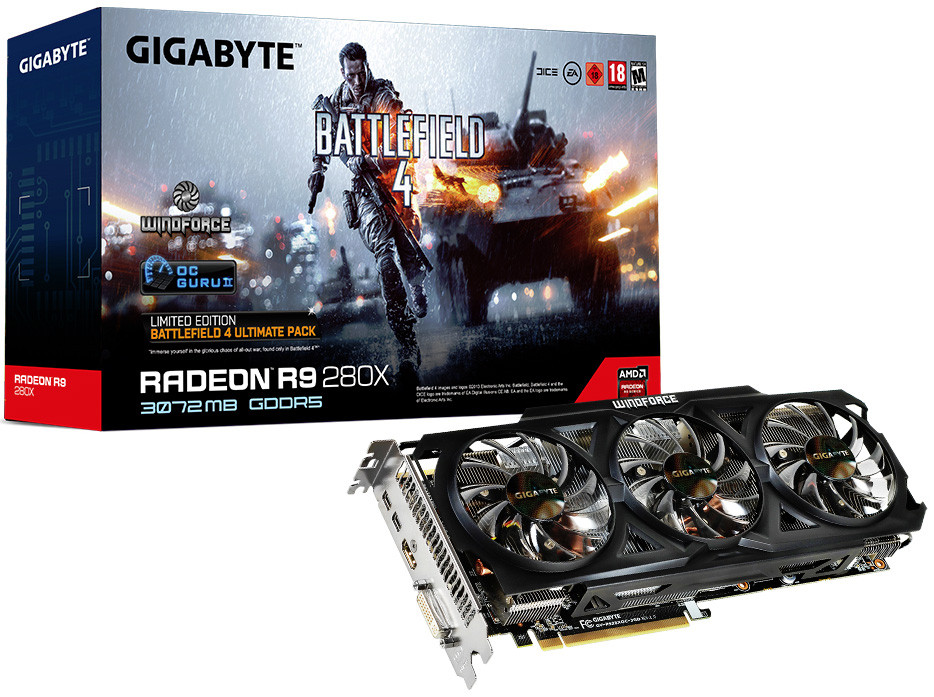

I don't recommend trying to re-use the old grease as it tends to degrade over the life of the card and won't make as good of a thermal bridge the second time around. After the card is back to room temperature, you'll need to obtain new thermal grease for the GPU.Don't try to accelerate cooling by putting it in the fridge or something. After the timer goes off, remove the cookie sheet and let the whole thing cool naturally.If you get a lot of smoke, you may want to stick to the eight mins. I put my card in for nine minutes but use your discretion. Place the cookie sheet and video card in the oven and start a timer for just over eight minutes.Make sure it's at temperature before you put the cookie sheet and card in there. You should now have the card hovering above the cookie sheet on four small aluminum foil balls. Now place the card down on the balls of foil and fine-tune the positions of the balls so they prop the card up evenly from the cookie sheet but make sure the balls don't touch anything metallic on the board itself. Remember those spots and grab some aluminum foil and ball up four pieces to the same size and place them on a sheet of aluminum foil, which has been laid on a cookie sheet, in the rough locations of the spots on the board you just identified. Look at the card and find four spots near the corners where there are no electrical traces, just bare PCB. Peel off any labels or stickers, as they will smolder and burn in the oven.This will ensure it doesn't melt all over the board and make a mess when you bake it. Using alcohol and a rag, wipe the GPU clean so that the thermal paste is gone.When all is said and done you should be left with a very light card with a bunch of old thermal paste covering the top of the GPU die. You want to remove anything non-metallic that isn't soldered on the board. The goal here is to have nothing left of the card but the circuit board. Keep all screws organized and remove as much as possible from the PCB itself. There should be many of them which hold together things like the back panel (where the monitor plugs in), the cooler assembly and the spring-loaded frame that goes over the GPU core. Get a small Phillips head screwdriver and carefully begin to undo every fastener you can find on the video card.Shut off your computer, disconnect the power and carefully remove the dead video card from your computer.My baby had come back to me and now it's ready for another seven years. Frankenstein who'd just turned a Salisbury steak back into a living cow with nothing more than a bolt of lightning and some Liquid Plumber! It was awesome. I was blown away by the fact that it ran Lost Planet: Extreme Condition flawlessly on max settings! I felt kind of like Dr.

I was feeling reckless and "high" from the oven fumes so I didn't waste any time overclocking the card to values above what I used when the card wasn't busted. I was half expecting it to blow up the rest of my computer but to my surprise (and delight), it fired up immediately, good as new. I retrieved the smoking brick of Radeon from its cookie sheet, put it back together and plugged it back into my computer. I looked at the $600 paper weight collecting dust on my computer desk and decided, "What the hell!" I threw it in the oven, took a leak, grabbed a stick of pepperoni and returned to the kitchen from whence I came. How could such a crude and barbaric method of throwing a sensitive piece of electronics in an oven magically bring it back to life? I laughed to myself and moved on to other activities more deserving of my time.īut then came a rainy day and I was bored with nothing to do.

Maybe some dude lucked out and got his working again pulling this stunt but surely it wouldn't work for the vast majority of failed graphics cards? I mean there are so many millions of transistors in a typical card and one might fail for any number of reasons. Surely, I thought to myself, surely such a feat has no reliability or repeatability.


 0 kommentar(er)
0 kommentar(er)
